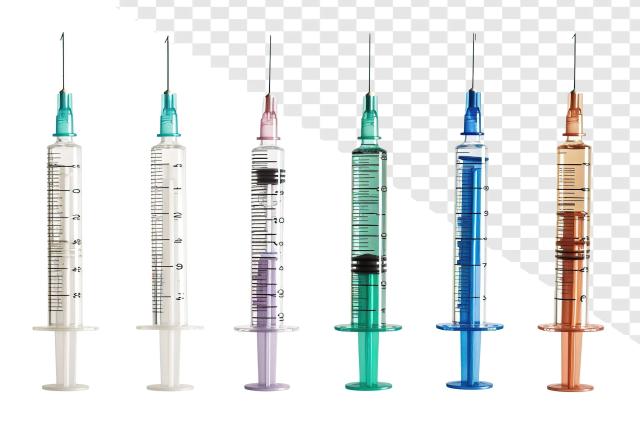
The demand for prefilled syringes has led to stricter regulatory scrutiny with respect to the safety and quality of the products. Compliance with the regulatory requirements of the FDA, EMA, and ISO is a complex task for the manufacturers. The global prefilled syringes industry is projected to reach $6.44 billion in 2023 and is expected to grow at a 5.6% CAGR during the forecast period 2023-2030. This article examines the most important compliance concerns related to the prefilled syringes industry, focusing on prefilled syringe regulations, FDA regulations on syringes, ISO standards on syringes, and other major obstacles.
Key Regulatory Bodies: FDA, EMA, and ISO Standards
The U.S. FDA and the EMA are responsible for the safety of prefilled syringes in the US and Europe. Both authorities have control over the design of the syringes, aseptic conditions, and the effectiveness of the syringes for the sake of patient safety. FDA regulations on syringes ensure that drug dosage and delivery are accurate and that the syringes are safe and effective for all patients.
Like all other medical devices, syringes also comply with ISO standards, including ISO 7886, which has become preeminent in the design and manufacturing of those devices. These standards aid in the design, quality, and performance aspects of a syringe, which subsequently fulfills international standards and reliability. Following these standards will benchmark the reliability, reproducibility, and durability of prefilled syringes with respect to many other medicines.
Important Compliance Terms for the Manufacturers
To the safe and effective deployment of prefilled syringes, there are several compliance guidelines that must be strictly followed. First is sterility. There should not be any contaminants present in order to prevent infections to the patient. Second is material compatibility. The syringes also have to be made in such a way that they do not interact with sensitive biologic ingredients or other medications.
Lastly, dosing would be another crucial aspect. The syringes used should not be able to underdose or overdose the patient for maximum effectiveness. For exact dosing, the FDA regulations on syringes must ensure that the expressed dose will always be delivered. Beyond dosage accuracy, syringes should also possess devices that reduce the risk of needle-stick injuries and ergonomic grips that allow the user to be comfortable.
Obstacles to Achieving Sterility, Material Compliance, and Acceptable Safety Levels
One of the industry’s most difficult tasks is preserving the sterilization of syringes that are positioned in the industry in ready-to-use form during manufacture, storage, and transport. Serious health issues can arise from contamination at any stage. In addition, manufacturers face challenges in selecting materials that do not undermine a syringe’s integrity while simultaneously ensuring that complex drugs, especially biologics, remain stable within the syringe.
Achieving safety standards is another obstacle, especially in regard to preventing the leakage and breakage of syringes. With the increasing acceptance of biologic drugs, these syringes must be specially fabricated to contain these sensitive treatments, which in turn require elaborate materials and shipping containers.
Consequences of Changes in the Regulation for the Prefilled Syringe Industry
The changes in the prefilled syringe regulations impact and define the industry. The manufacturers have to adjust the business strategy to respond to the modification so that delays in product approval do not occur. While these modifications tend to improve patient care, they come at a higher expense, as manufacturers now have to put in more effort to ensure quality materials and more sophisticated technologies are incorporated into production.
Conclusion
To wrap up, the regulatory framework for prefilled syringes is stringent due to the overlapping issues of FDA regulations on syringes, ISO regulations on syringes, and sterility and safety requirements. In the prefilled syringe industry, manufacturers have to cope with constantly changing regulations to ensure that these products are safe and perform as expected. Such regulations are critical in sustaining the integrity of prefilled syringes and, in turn, aid in fostering health among patients globally.






